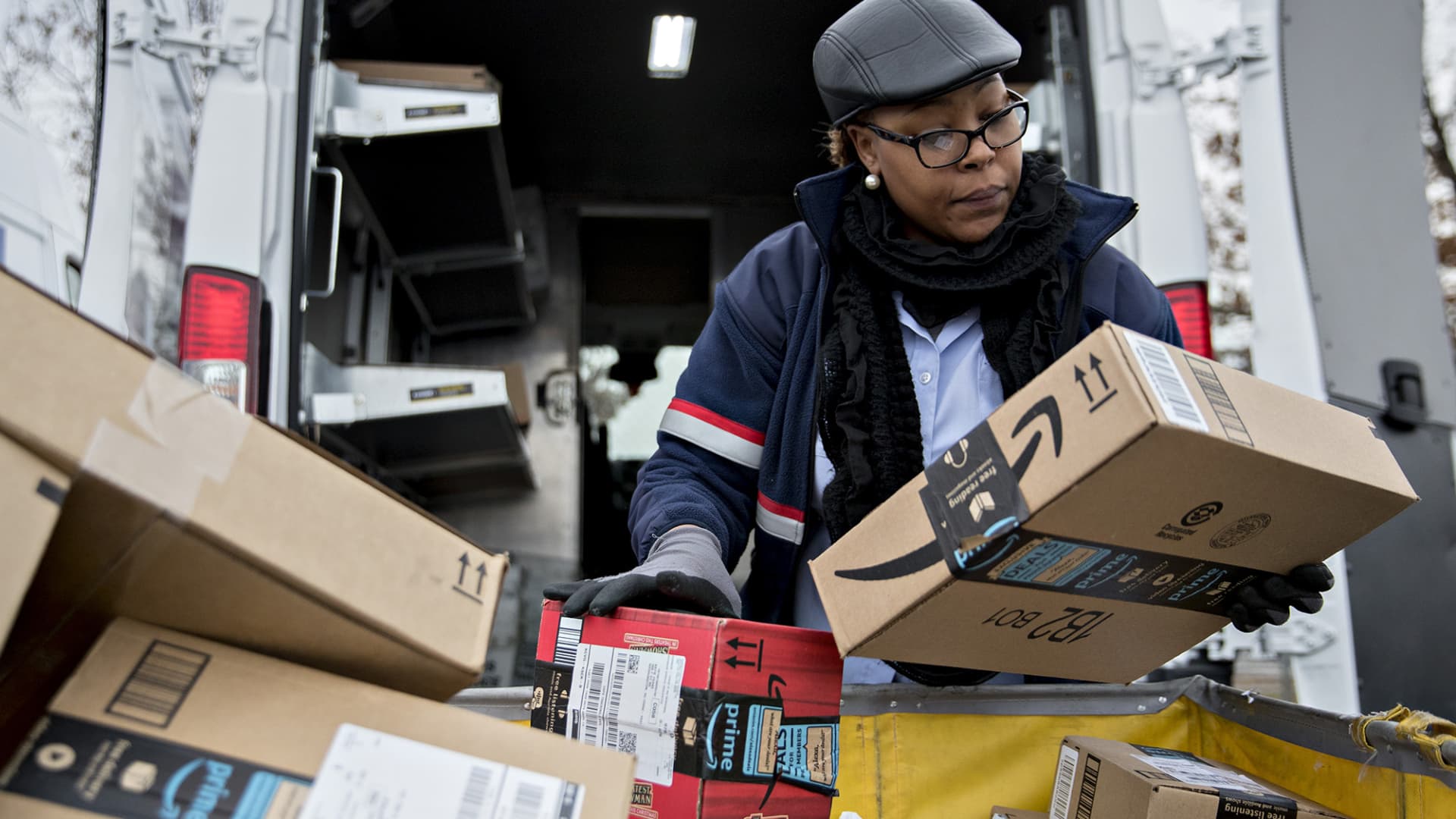
The holiday shopping season is always closely followed by a spike in gift returning.
But this year, it may be harder to bring things back for free or at a low cost.
Roughly 60% of retailers said they're making changes to existing returns policies, with fewer promising free returns, according to a recent survey of retail executives.
More from Personal Finance:
New Goodwill store goes live online with a Picasso print
60% of Americans are living paycheck to paycheck
Credit card balances jump 15%
On average, retailers expect about 18%, or $158 billion, of merchandise sold during the holiday shopping season to be returned, according to the National Retail Federation's most recent data.
For 2021 overall, the return rate was about 16.6% of total U.S. retail sales, or $761 billion in returned goods, and in 2022 fewer businesses are in a position to be able to afford such a hefty price tag.
With rising costs squeezing margins, many retailers are rethinking their return policies, shortening the return window and even charging a return or restocking fee, according to Spencer Kieboom, founder and CEO of Pollen Returns, a return-management company.
Expect shorter return windows, restocking fees
Stores such as Gap, Old Navy, Banana Republic and J. Crew (which was once well known for a generous return policy that spanned the lifetime of a garment) have shortened their regular return windows to within a month. Year-end shoppers, however, are being given some reprieve: J. Crew and others are currently offering extended holiday returns and exchanges.
At Anthropologie, REI and L.L. Bean (which also once promised lifetime returns), there's now a fee — all around $6 — for mailed returns.
"These adjustments in return policies are not there to cover costs," Kieboom said. "They're really there to deter the consumer from returning."
Rising costs squeeze margins
With the explosion of online shopping during the pandemic, "free returns was a high convenience model the customer appreciated," said Erin Halka, senior director at Blue Yonder, a supply chain management company. Now, with higher labor and shipping expenses, it is costing retailers "a tremendous amount of money" to sustain, she said.
"Charging for returns is one way to cover a portion of that cost," she said. "It also can deter customers from overbuying, since at least 10% of returned goods cannot be resold."
Just as retailers struggle with excess inventory, "often returns do not end up back on the shelf," and that causes a problem for retailers struggling to streamline expenses and enhance sustainability, Kieboom said.
The supply chain is designed to go one way.Lauren Beitelspacherassociate professor at Babson College
"The supply chain is designed to go one way," said Lauren Beitelspacher, associate professor and chair of the marketing department at Babson College.
"The more money retailers lose on returns the more they have to make up for that by raising prices," Beitelspacher said.
"Changing the return policy is an easier pill for the customer to swallow than an increase in the purchase price."
How to avoid return fees
Still, shoppers love free returns almost as much as they love free shipping. In fact, 98% of consumers said that free shipping was the most important consideration when shopping online, followed by more than three-quarters who said the same about free returns, according to a recent report by PowerReviews. Affluent shoppers were even more likely to favor a free-return policy.
If the option to return is important, get to know the policies before you buy, experts say. Often, it's not immediately clear, Halka said. "You typically have to dig into the fine print."
Expect limitations on what can be sent back and when, she said. "A 30-day window is now typical."
That time is well spent in terms of making the best possible decision on your purchase. "You have to find the return policy that works best for you," Kieboom said.
For those looking to avoid returns altogether, shopping in person may be the way to go, Beitelspacher suggested. "The majority of returns come from having regret because it's not what we expected. Shopping in person minimizes that expectation-reality gap," she said.
Don't bank on free returns: 60% of retailers roll out stricter policies - CNBC
Read More

No comments:
Post a Comment